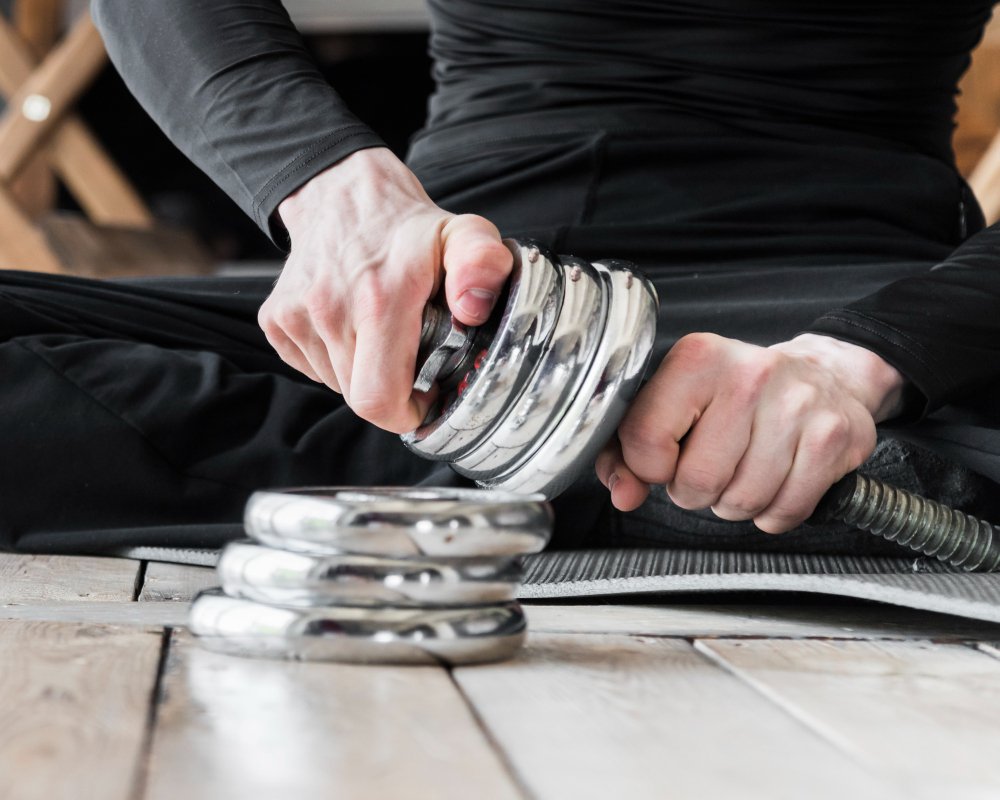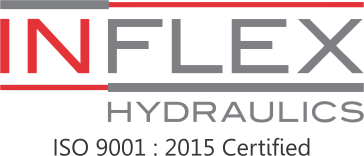Camlock couplings, also known as cam and groove fittings, are essential components in various industries, facilitating the quick and secure connection and disconnection of hoses and pipes without needing tools. Their versatility and efficiency have made them indispensable in oil and gas, chemical processing, agriculture, food and beverage, pharmaceuticals, and water treatment. This article aims to provide an in-depth understanding of camlock couplings, covering their types, materials, applications, benefits, selection criteria, maintenance practices, and future trends as of 2025.
What is a Camlock Fitting?
A camlock fitting is a type of hose coupling that allows for quick connect and disconnect operations in fluid transfer systems. The design consists of a male adapter (the “cam”) and a female coupler (the “groove”) equipped with cam arms. When the arms are closed, they lock the adapter into the coupler, creating a tight seal that prevents leaks. This mechanism eliminates the need for tools, streamlining operations and reducing downtime.
Historically, camlock fittings have evolved to meet the increasing demands of industrial applications. Their standardized design ensures compatibility across different systems and manufacturers, promoting interoperability and ease of use.
Also Read: 8 Ways to Identify Early Signs of Hydraulic System Failure
Types of Camlock Couplings
Camlock couplings are categorized based on their configurations, each designed to meet specific connection requirements. The primary types include:
- Type A: Male adapter with a female thread.
- Type B: Female coupler with a male thread.
- Type C: Female coupler with a hose barb.
- Type D: Female coupler with a female thread.
- Type E: Male adapter with a hose barb.
- Type F: Male adapter with a male thread.
- Type DC: Dust cap for male adapters.
- Type DP: Dust plug for female couplers.
Each type serves a unique function, and selecting the appropriate coupling depends on the specific requirements of the application, such as the nature of the fluid, pressure conditions, and connection type.
Materials Used in Camlock Couplings
The performance and durability of camlock couplings are significantly influenced by the materials used in their construction. Common materials include:
- Aluminum: Lightweight and resistant to corrosion, making it suitable for water and petroleum-based products.
- Stainless Steel: Offers excellent corrosion resistance and strength, ideal for acidic or corrosive environments.
- Brass: Known for its durability and resistance to corrosion, often used in applications involving water, coolants, and fuels.
- Polypropylene: A lightweight, cost-effective option resistant to a wide range of chemicals, suitable for low-pressure applications.
Selecting the appropriate material ensures compatibility with the fluid being transferred and the operating environment, thereby enhancing the longevity and safety of the coupling.
Applications of Camlock Couplings
Camlock couplings are utilized across various industries due to their versatility and efficiency:
- Oil and Gas: Facilitate the transfer of fuels, lubricants, and other petroleum products.
- Chemical Processing: Enable safe handling of corrosive and hazardous chemicals.
- Agriculture: Used in irrigation systems and the transfer of fertilizers and pesticides.
- Food and Beverage: Ensure sanitary connections for the transfer of consumable products.
- Pharmaceuticals: Maintain sterile conditions during the transfer of medical-grade substances.
- Water Treatment: Assist in the efficient handling of water and wastewater.
The adaptability of camlock couplings to various media and conditions makes them a preferred choice in these sectors.
Recommended Reading: 7 Reasons Why Steel Hydraulic Tubing is the Best Choice for High-Pressure Systems
Benefits of Using Camlock Couplings
The widespread adoption of camlock couplings can be attributed to several key benefits:
- Ease of Use: Quick connect/disconnect feature reduces operational time and labor costs.
- Safety: Secure locking mechanism minimizes the risk of leaks and spills.
- Cost-Effectiveness: Durable construction reduces the need for frequent replacements.
- Versatility: Available in various materials and sizes to suit diverse applications.
- Durability: Robust design ensures longevity, even in demanding environments.
These advantages make camlock couplings a reliable and efficient solution for fluid transfer needs.
How to Select the Right Camlock Coupling
Choosing the appropriate camlock coupling involves considering several factors:
- Material Compatibility: Ensure the coupling material is compatible with the fluid to prevent corrosion or degradation.
- Temperature and Pressure Ratings: Select couplings that can withstand the operating conditions of your system.
- Size and Thread Type: Match the coupling size and thread type to your hoses or pipes for a secure fit.
- Environmental Considerations: Consider external factors such as exposure to chemicals, UV light, or extreme temperatures.
Consulting with experts, such as those at Inflex Hydraulics, can provide valuable guidance in selecting the most suitable camlock coupling for your specific application.
Where to Buy Camlock Fittings
Finding reliable sources for purchasing camlock couplings is essential for ensuring quality and durability. When looking for where to buy camlock fittings, consider the following factors:
- Authorized Industrial Suppliers
- Reputable industrial suppliers and manufacturers provide camlock couplings that meet high-quality standards and industry certifications.
- Direct from Manufacturers
- Many companies, such as Inflex Hydraulics, provide direct sales options, ensuring customers receive genuine and high-quality products.
- Local Hardware and Industrial Stores
- Some local stores specialize in hose fittings and camlock couplings, allowing you to physically inspect the product before purchase.
For businesses and individuals seeking high-quality camlock couplings, Inflex Hydraulics is a trusted source offering a variety of sizes and materials to meet industry demands.
Also Read: Metal vs. Flexible Pipe Bellows: Which One is Best for Your Exhaust System?
Maintenance & Safety Tips for Camlock Couplings
Proper maintenance and safety measures ensure the longevity and efficiency of camlock couplings. Here’s how to maintain them:
- Regular Inspection
- Check for signs of wear and tear, including cracks, corrosion, and damage to the locking arms.
- Inspect gaskets and seals for any deterioration.
- Cleaning & Lubrication
- Clean camlock fittings after every use, especially if used in corrosive environments.
- Lubricate locking arms to ensure smooth operation.
- Proper Storage
- Store in a dry and clean environment to prevent rust and contamination.
- Use dust caps and plugs to protect couplings when not in use.
- Ensure Proper Connection
- Always confirm that the coupling is securely locked before use to prevent accidental disconnection.
- Pressure & Temperature Limits
- Do not exceed the recommended pressure and temperature ratings to avoid failure.
By following these maintenance tips, users can extend the lifespan of their camlock couplings and maintain a safe working environment.
Future Trends & Innovations in Camlock Couplings (2025 Update)
As industries continue to evolve, so do the materials and technologies used in camlock couplings. Here are some key trends for 2025:
- Smart Couplings
- The integration of IoT sensors into camlock fittings allows for real-time monitoring of temperature, pressure, and fluid flow.
- Eco-Friendly Materials
- Manufacturers are developing biodegradable and recyclable materials for camlock couplings, reducing environmental impact.
- Enhanced Safety Features
- New locking mechanisms and leak-proof designs enhance workplace safety and efficiency.
- Customization & 3D Printing
- Advanced manufacturing techniques, such as 3D printing, are enabling custom-made camlock fittings for specific applications.
For high-quality camlock couplings, consider trusted suppliers like Inflex Hydraulics, where reliability meets industry expertise.



